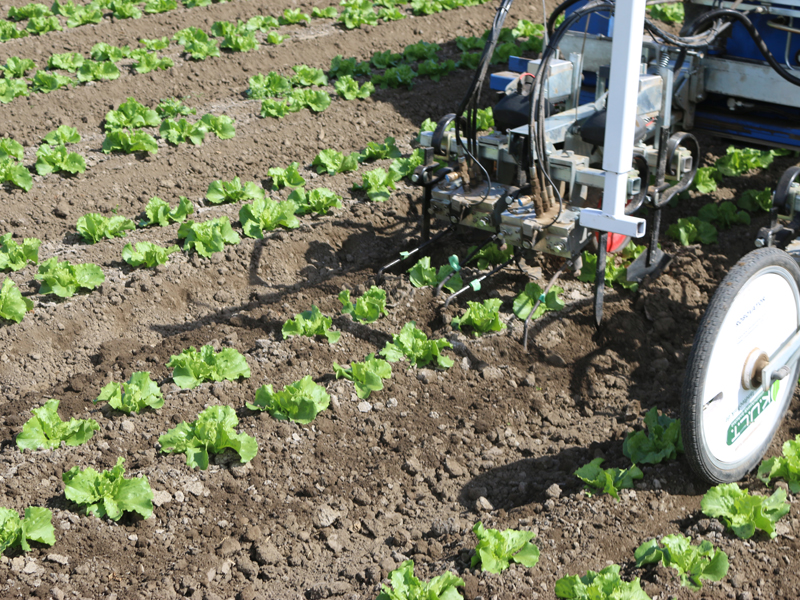Production Agriculture
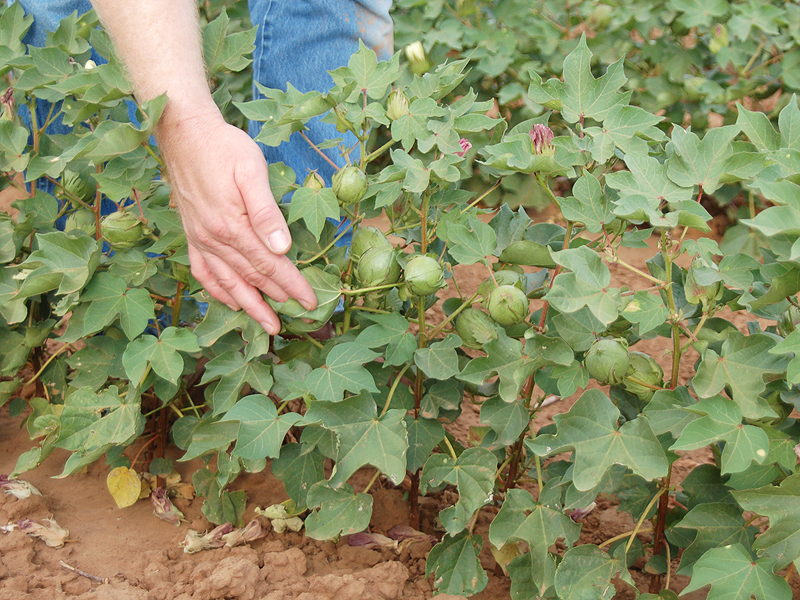
Plants need water—but what about when it’s running low? Is it possible to use less water and still have healthy crops?

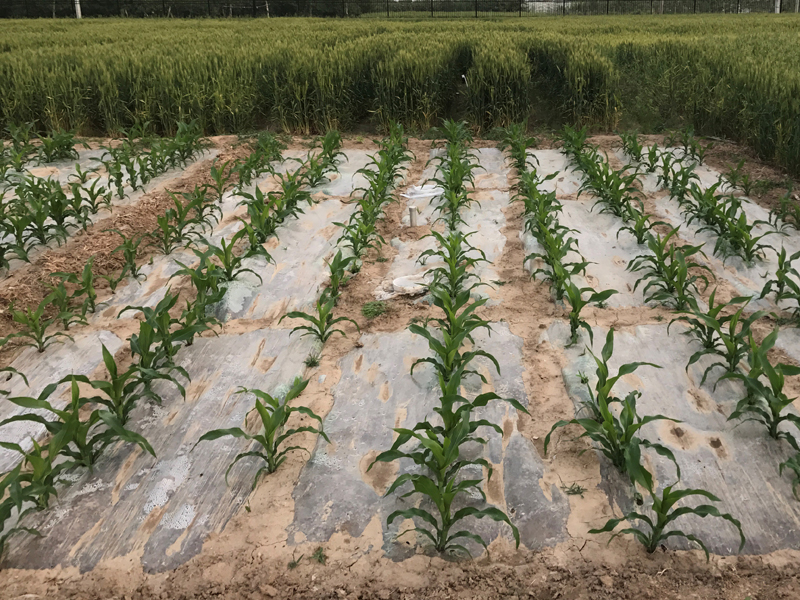
How do you boost soil water content and soil health without irrigating? Best cover it with a layer of straw, a new study concludes.

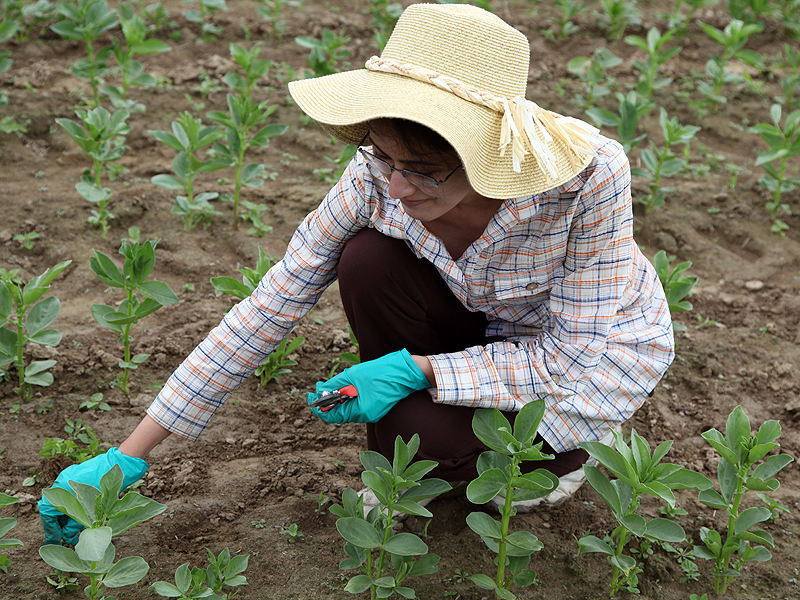
Researchers have good news for growers. Farmers raising a nitrogen-hungry crop like sweet corn may save up to half of their nitrogen fertilizer cost. The key: using a faba bean cover crop.
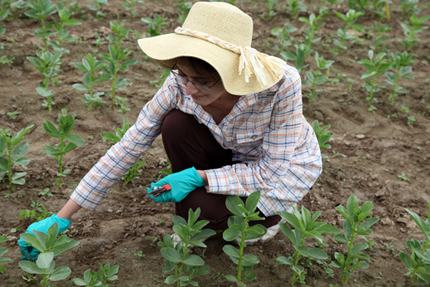
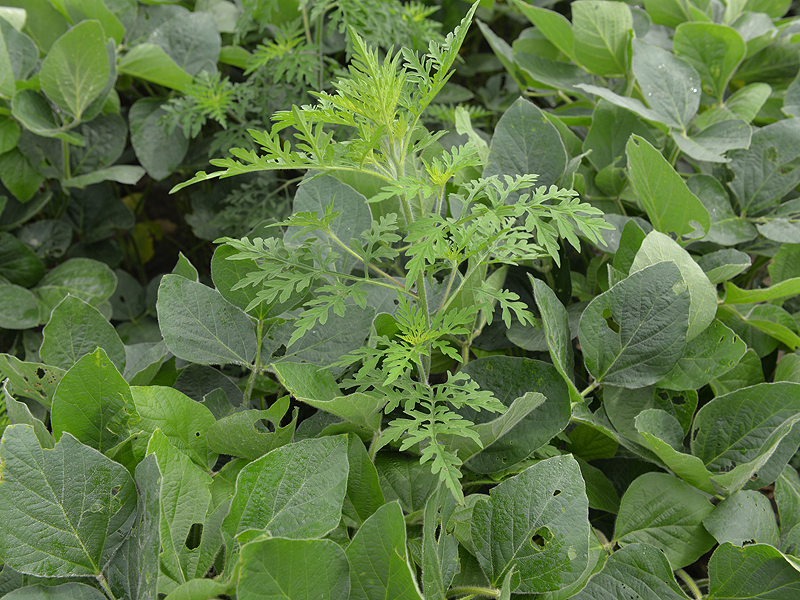
Ragweed, its pollen potent to allergy sufferers, might be more than a source of sneezes. In the Midwest, the plant may pose a threat to soybean production.

Scientists have found that ragweed can drastically reduce soybean yield.
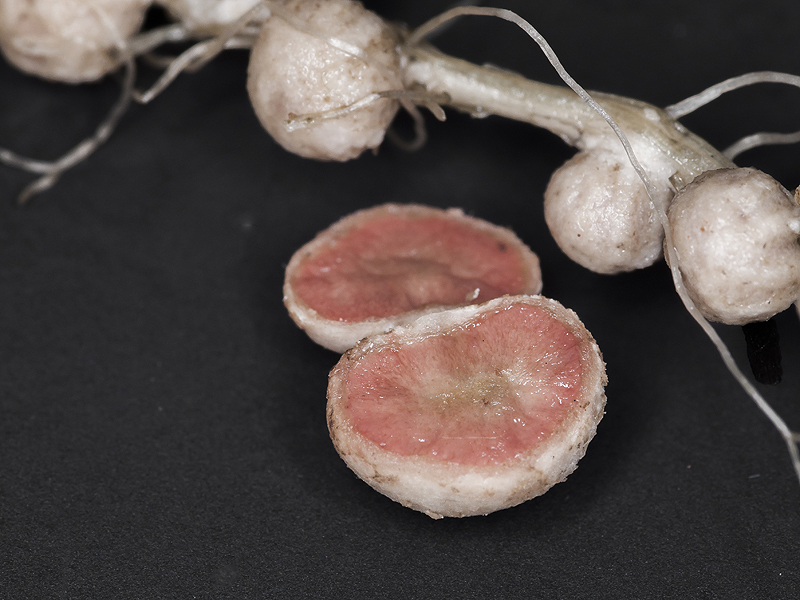
Soybean is rich in protein, which is great for the humans and animals eating it. But this high protein content comes at a cost.

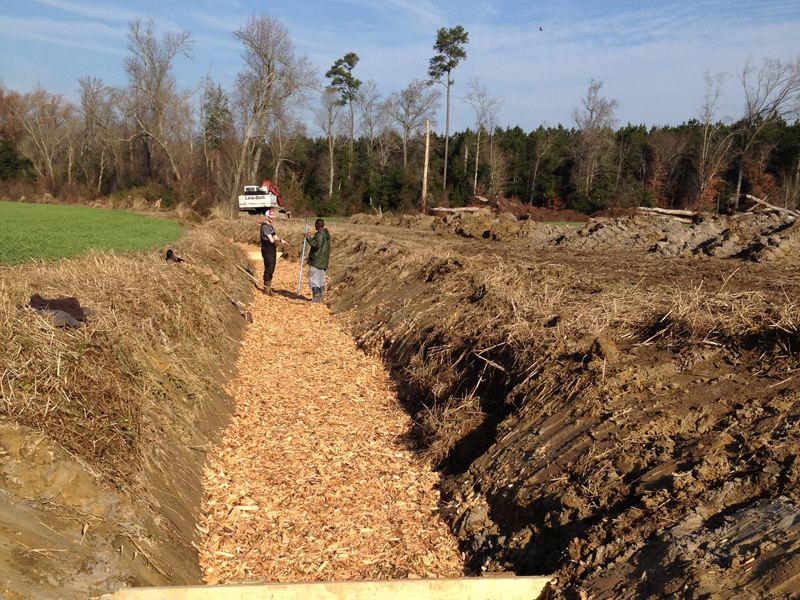
A ditch containing woodchips may look unassuming—but with a name like bioreactor it’s guaranteed to be up to more than you think.

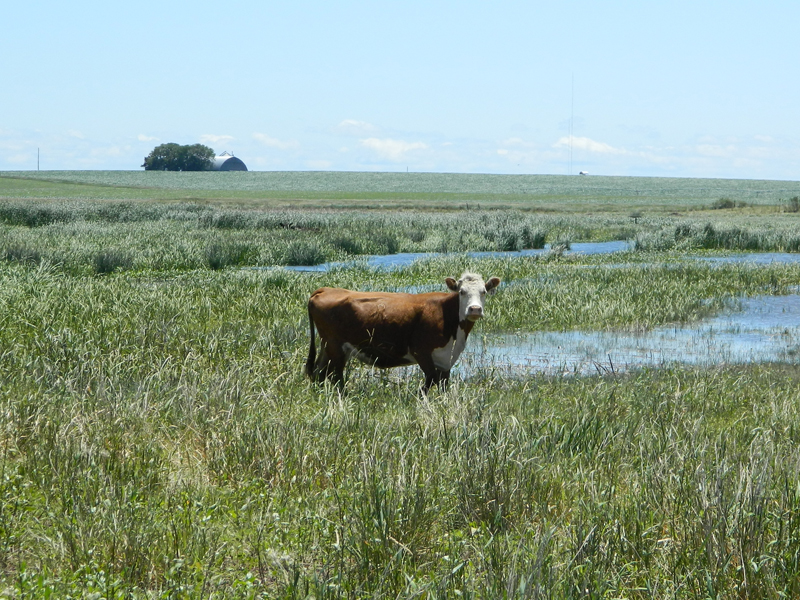
How do you host tens of millions of migratory waterfowl every year? The Rainwater Basin of southeast Nebraska provides a vital resting stop and feeding station. There, the native wetland plants produce enough seed to replenish the birds—some of them threatened or endangered species—for their long journey.
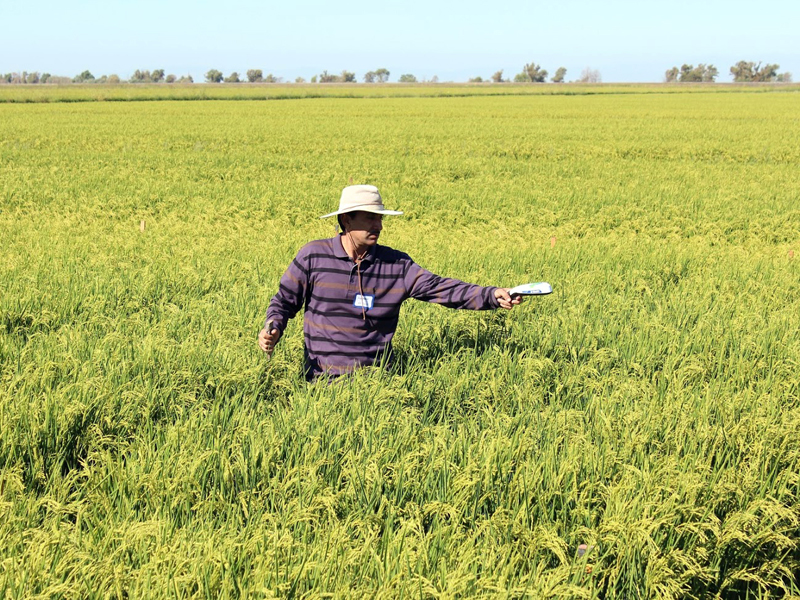
Farmers make a lot of decisions. One of the most important is how much fertilizer to apply to their crops, and when to apply it. Applying more than necessary or at the wrong time can waste resources, impact the environment, and cut into narrow profits.

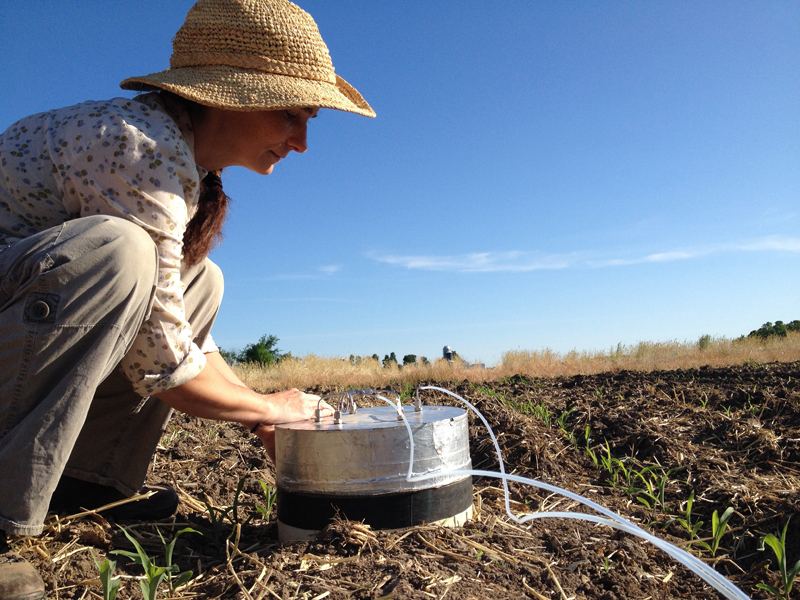
What’s a responsible farmer to do? Manure injection is an important soil management practice that reduces the chance of manure runoff. But recent studies by Carol Adair and colleagues at the University of Vermont show manure injection can increase the release of harmful greenhouse gases.

